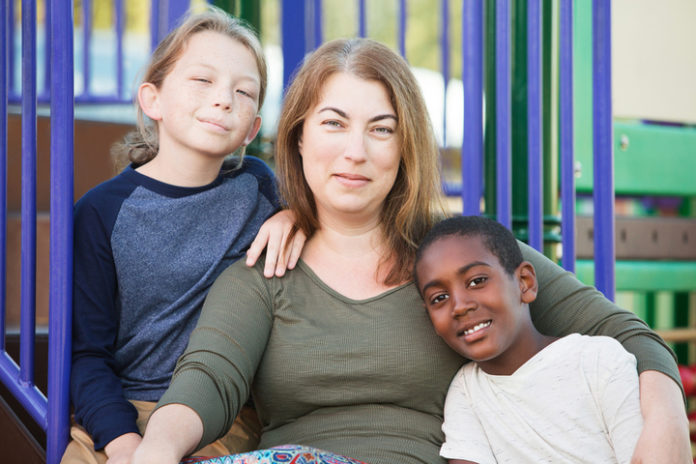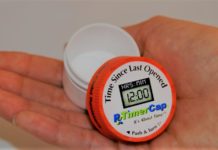A 2016 pilot study tested the feasibility, usability and outcomes of a family-based substance use prevention program for foster families.
“There’s a lot of evidence that kids in foster care or kids that have aged out of foster care are at high-risk for substance abuse and other kinds of health risks,” said co-author Martie Skinner, a research scientist at the Social Development Research Group at the University of Washington.
“We know from other studies that it’s possible to prevent abuse problems and reduce them by providing high-quality training and resources to foster families.”
However, the programs that are found to be effective are often expensive and time-consuming, Skinner added.
Connecting, the program used in the study, addresses this issue. It’s a self-directed, low-cost adaptation of another program, Staying Connected with Your Teen. “[Connecting] is a series of activities for teens and their foster parents to do together, which were designed to build their relationship and to build skills,” she said. “[The program teaches] things like calm communication, problem-solving, and how to hold a productive family meeting, which are skills that parents and teens need to have together.”
The program was altered from previous versions to better suit foster families by not only changing the language but also including situational elements focused on the foster parents’ needs, Skinner said.
Families fostering kids between 11 to 15 years old were gathered and randomly assigned to the program. Participants also spoke to a family consultant on the telephone on a weekly basis. The results garnered an approval rating of 100 percent among participating foster parents. Sixty-nine percent of respondents said they were “very satisfied” with the program and 31 percent said they were “satisfied.” All participants said they would also refer Connecting to other caregivers.
“Almost all [foster children] have been exposed to some kind of trauma and high levels of conflict before they come into a foster family, which is traumatic even when kids are placed with family members,” she said.
The program provided materials including a DVD and a workbook. The DVD showed stories by teenagers previously in foster care and also showed dramatic family depictions, followed by a guide on how to react in difficult situations between parents and their foster teens.
When surveyed, caregivers were 86 percent satisfied with the DVD and workbook, more than 89 percent were pleased with the digital youth stories, and 95 percent were “somewhat” to “very” satisfied” with their family consultant.
“What’s unique about this program for foster families is that it places more focus on getting the teens and caregivers more connected to build a warm and trusting relationship,” Skinner said. “We know that’s very important for preventing substance abuse in adolescents, [and] something that’s missing for these families.”
Overall, 62 percent of families who participated in the study finished all 91 specified tasks, and the outcomes revealed better communication about substance use. Additionally, 61 percent of the caregivers said they continued to use… (continue reading)
















